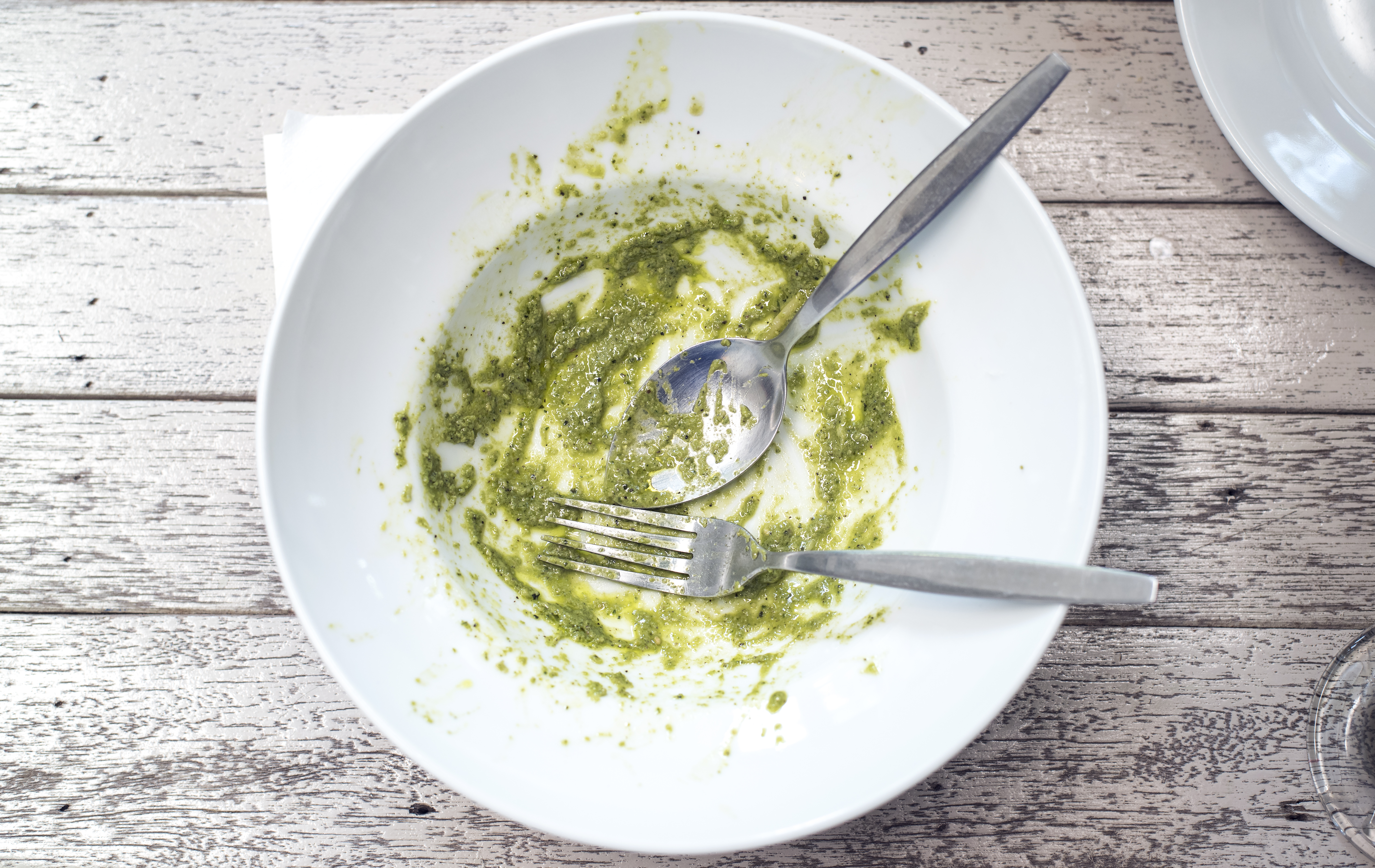Q. Dear Umbra,
My kids were very efficient trick-or-treaters this year and each brought home a staggering 25 pounds of candy (that is not a typo). Our usual approach has been to let them eat some on Halloween and the day after, and then they get a ration of one a day until Thanksgiving after which the candy just disappears: A lot of it just ends up getting trashed. We can’t let our kids eat all of this crap and food banks won’t take it (I get it), so what should we do with it all?
Colin
Seattle, WA
A. Dearest Colin,
And so it begins. We might as well turn the period from Oct. 31 through Dec. 31 into one great big holiday and give it a new designation. Let’s call it Food-Waste Fortmonth! From the mountains of candy to Aunt Marge’s famous fruitcake, Americans waste three times more food than usual during this time of year. All told, we let 34 million tons of food go to waste each year. We are pigs.
I mean no disrespect to you and your darling children, Colin. You are almost certainly not pigs, and I know it can be easy to get swept up in the excitement of trick-or-treating. But we should all keep in mind that the best way to reduce waste is to buy (or in this case, collect) less stuff. Next Halloween, you might consider an alternative that allows you to avoid or limit the annual haul: host a spooky film festival, bring some cheer to a senior center, arrange a neighborhood scavenger hunt, volunteer — in costume! — at that candy-free food bank. Model for your kids the idea that, when it comes to holidays, there is more than one way to celebrate.
But that’s next year. Here you sit with 50 pounds of candy. So let’s look at a couple of ideas for you, and then I’ll toss out a few suggestions to help all of us get through the rest of Food-Waste Fortmonth in a more thoughtful way.
Both of the obvious choices for dealing with a Butterfinger bonanza — letting the kiddos go wild on the candy or throwing it away — are flawed. Sugary confections packed with artificial colors and flavors won’t do your child’s health any favors, of course, but food waste is a serious problem, too. In general, it takes a tremendous amount of water, land, and other resources to produce our food, whether it be spinach, sweet potato pie, or SweeTARTS. Throwing that food in the trash represents a huge squandering of those inputs, takes up limited landfill space, and gives back to the atmosphere in all the worst ways (landfills are notorious producers of methane, a super-potent greenhouse gas that contributes to climate change).
You might try distributing the candy to others — senior centers, military personnel, dentists, and ravenous co-workers are generally good target audiences — or you could dilute it a bit. Handfuls of candy: not so healthy. Handfuls of homemade trail mix chock full of dried fruit, nuts, cereal, and the occasional piece of candy: actually a pretty good snack.
But here’s another thought that feeds into the upcoming holidays: Candy isn’t just for eating. Young artistes can use it to decorate picture frames or make holiday wreaths (just add cardboard and glue), build candy cities, or even melt it down to make ornaments. Science fans can bring their loot into the lab for at-home experiments: Think deconstructing chocolate, measuring the acid in sour candies, and making “density rainbows” out of Skittles. What a sweet way to encourage exploration of the STEM fields!
As I mentioned, we all know how the ounce of prevention stacks up against the pound of cure. Let us strive to keep our Thanksgiving and Gristmahanukwanzakah celebrations from becoming exercises in excess. To stop food waste before it starts, dearest readers, make sure to finish the contents of the fridge as you approach big family meals, so perfectly good items don’t go forgotten behind the incoming tide. Plan and shop for recipes ahead of time to match the number of guests, so you don’t end up with way, way too much food, and serve meals buffet-style instead of trying to guess how much tofurky Uncle Jim can put away. You get the idea.
You’ll have some leftovers, of course. Take care of them by hosting a day-after dinner, wrapping them up and sending them home with guests, freezing ’em for later, or donating them to the hungry. Extra canned goods or dry goods are generally best for donations, but some food banks will accept your turkey or stuffing too, so ask around. Finally, if you haven’t started composting yet, give yourself the gift of a compost bin and put your leftovers to work. Because no matter how hard you try, you might not be able to give away all of your mashed potatoes (or Aunt Marge’s fruitcake, for that matter).
Saccharinely,
Umbra



